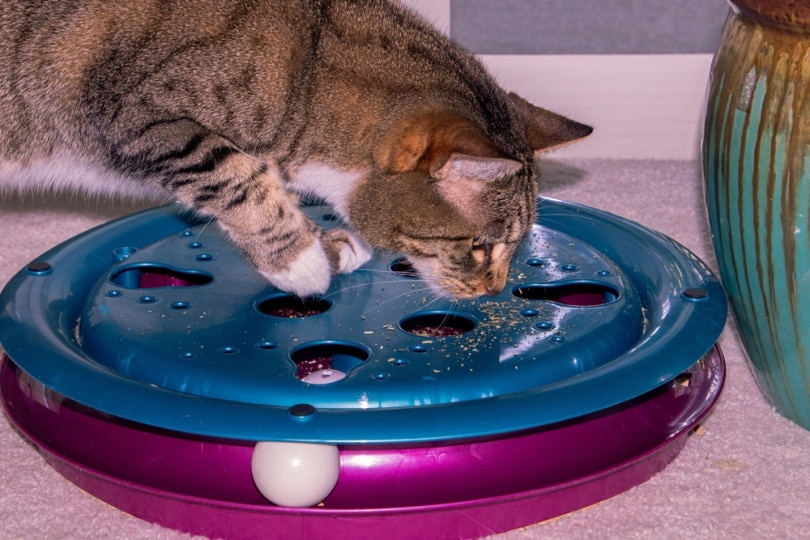How to Kitten-Proof Your Home: 13 Simple Tips

Updated on
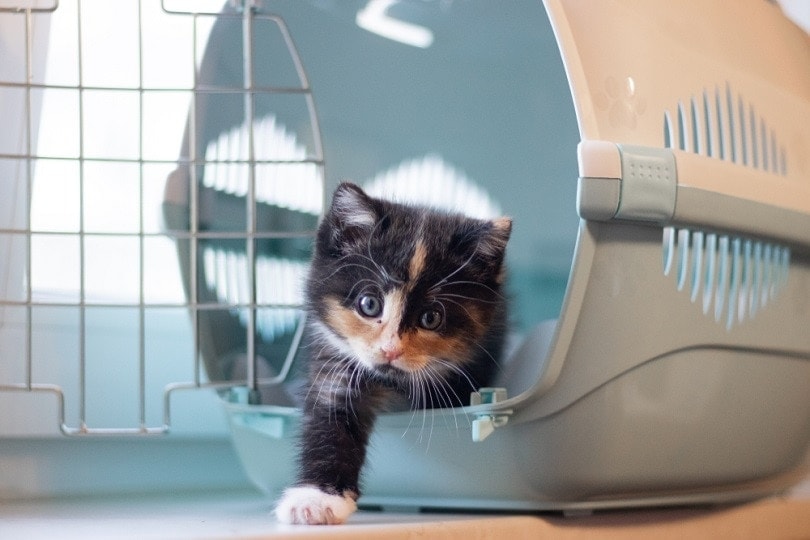
As adorable as they may be, kittens are masterminds at getting themselves into trouble and destroying your home. To protect both your kitty and home, it’s important to kitty-proof your home before bringing your new cat back with you. In this article, we are going to tell you 13 simple tips for kitten-proofing your home. Keep reading to learn what you need to do to make your home safe and ready for your new kitten.
The 13 Things You Can Do to Kitty-Proof Your Home:
1. Clean Out Your Home
Kittens will play with just about anything they find. If you have thumbtacks, string, or anything else on the ground, you run the risk of your cat playing with it and getting injured in the process. Make sure to clean out your home thoroughly, including under beds and couches, to ensure that your kitten doesn’t find anything it shouldn’t.

2. Remove Toxic Plants
If you have any house plans, make sure to remove the ones that are toxic to cats. Many house plants are toxic to cats, including daffodils and azaleas. You can learn all about which plants are toxic to cats here.
3. Keep Hot Items Away from the Cat
Because cats love to snuggle up in warm areas, make sure all warm items are housed in an area that the cat can’t get into. For example, get a kitty gate if you have a wooden stove or other large heating units that cannot be moved out of the way. As for personal heaters, make sure they are placed up and out of the way. When you need to use them, make sure to watch your cat carefully.

4. Secure Heavy Items to the Wall
Because kittens love to climb up on anything and everything, make sure to secure all bulky and heavy items to the wall. This includes shelves, dressers, tables, and more. Securing these items to the wall ensures that they don’t get knocked over whenever the kitten inevitably jumps onto it.
5. Provide Scratching Posts
Once kittens get old enough, they will start to scratch against your furniture and curtains. Although you cannot prevent scratching altogether, you can provide healthier alternatives for the kitten to scratch on, such as placing cat scratching posts around your home to keep your cat distracted from things it shouldn’t be scratching on.

6. Close All Windows, Doors, Drawers, And Toilet Lids
Kittens are very mischievous and will get into anything open. Make sure to close and secure all windows, doors, drawers, and toilet lids. By keeping these items shut, your cat cannot escape or get into things they shouldn’t. Keep in mind that you will continually need to close these items every time you open them.
7. Secure All Cords
Kittens will play with cords that they see dangling or lying about. Hanging cords can be a choking hazard, whereas electrical cords can lead to electrocution. Make sure all cords are secured and placed out of the way. Something as simple as a zip tie can keep the cords secure and neatly out of the way.
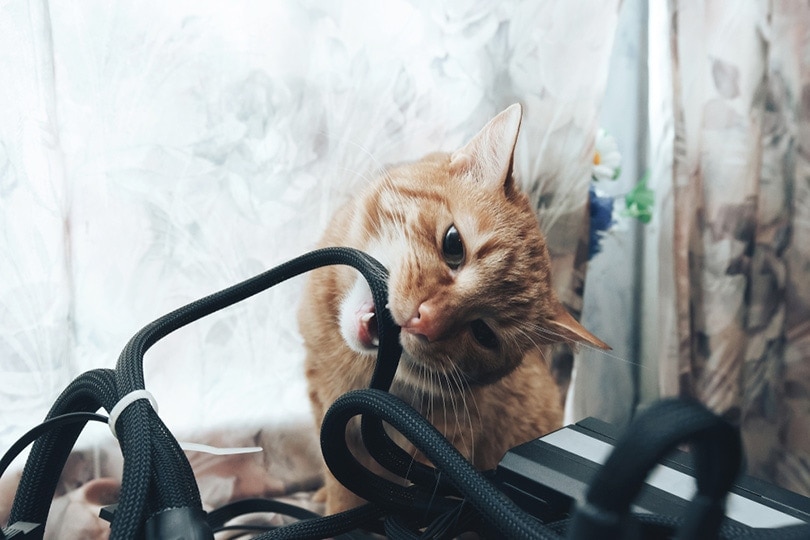
8. Cover All Wastebaskets
If there’s anything interesting smelling inside your wastebasket, expect your kitten to get into it and spill your garbage everywhere. Prevent this from happening by covering all wastebaskets with a lid. Better yet, get a wastebasket that requires you to step on it to open.
9. Cover All Food
Much like dogs, cats love food and will take any opportunity to eat food that comes their way. Because of how nimble kittens are, it’s very easy for them to get into food. Make sure all food is covered and placed out of the way so that the cat doesn’t get into all your food.

10. Get Insect-Repellent Safe Around Cats
If you use insect repellent around your home, make sure the repellent is safe to use around cats. Many commercial products are incredibly toxic and will kill your cat if consumed. Because kittens often consume things they shouldn’t, you should make sure your insect repellent is safe around them.
11. Hide All Toxic Items
No matter how hard you try, it’s next to impossible to replace all your cleaning solutions with cat-safe products. For the toxic items you can’t replace, make sure they are hidden and impossible for your cat to get to. For example, place them underneath your sink and place a lock on the same doors so the kitten can’t accidentally get inside.
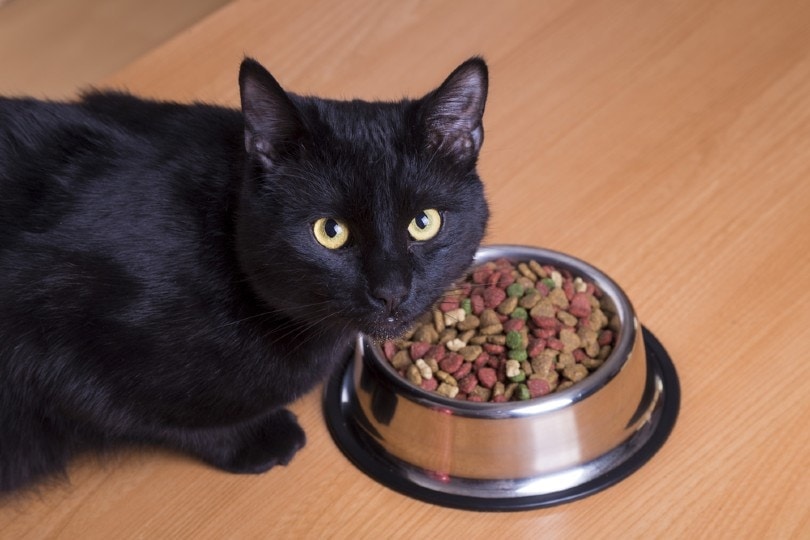
12. Toss Out Your Diffuser
Even though diffusers are a great way to relax, most oils are toxic to cats when diffused or ingested. The easiest thing to do is to toss out your diffuser entirely. At the very least, research which oils are toxic to cats and stop diffusing them.
13. Set Up a Kitty Area
One way that you can prevent your cat from getting into things they shouldn’t is by setting up a kitty area. A kitty area should have scratching posts and toys to keep your kitten entertained. Whenever the kitten gets bored, it has a place to play and stay entertained.
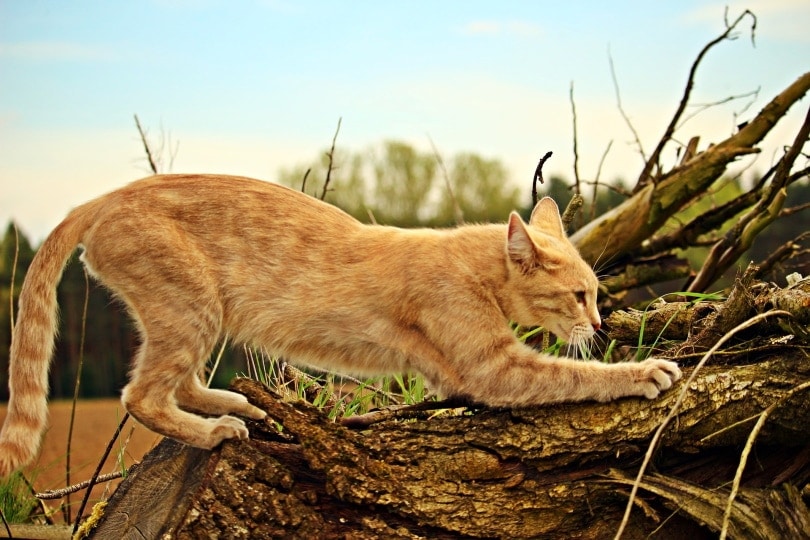
Why You Need to Kitty-Proof Your Home
Kitty-proofing your home may sound like a waste of time, but it is far from it. You might think that since kittens survive in the wild, surviving in your home will be a piece of cake. Even though kittens have great instincts, you still need to kitty-proof your home, both for the safety of your kitten and personal items.
Keep Your Kitty Safe
Kittens get into a lot of mischief. They like to eat things they shouldn’t and get into places they have no business being. Because of this fact, kittens can get injured inside your home if you do not kitty-proof it first. For example, kittens are highly likely to eat plants sitting around your home. If the plant is not toxic, then this will only be a minor inconvenience. However, a lot of house plants are toxic to kittens, which can cause your cat to get sick if not die from eating the plant. Likewise, cats are attracted to warm areas. If you have small heaters in your home, your kitten may get burnt or die from trying to keep warm. Needless to say, you need to kitty-proof your home to keep your cat safe. As your kitten grows older, it will learn what areas of the home are dangerous, but it won’t be as wise yet when you first bring it home.
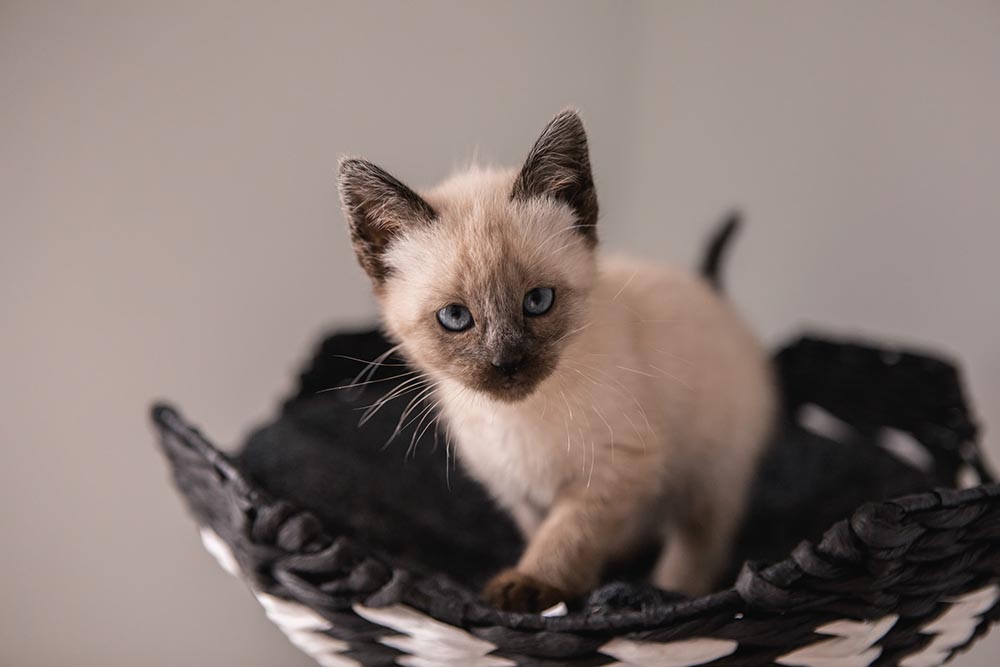
Keep Your Stuff Safe
In addition to keeping your kitten safe, you need to kitty-proof the home to keep your items safe. As you probably know, kittens like to scratch and tear things up. If you do not remove tempting items or provide better alternatives for your kitten, your cat can cause a lot of damage. Kitty-proofing your home means that you don’t have to worry about all of your items being destroyed. In other words, you don’t have to waste time or money getting all of your furniture and favorite pieces fixed or replaced since all of your items are protected already.
 Conclusion
Conclusion
Getting a kitten is a big commitment. Before bringing the kitten home, you need to kitty-proof everything. Even though this may seem like a pointless step, it is critical to keep both your cat and items safe. By following the 13 tips above, you can turn your current home into a kitty-safe sanctuary.
Featured Image Credit: alenka2194, Shutterstock



